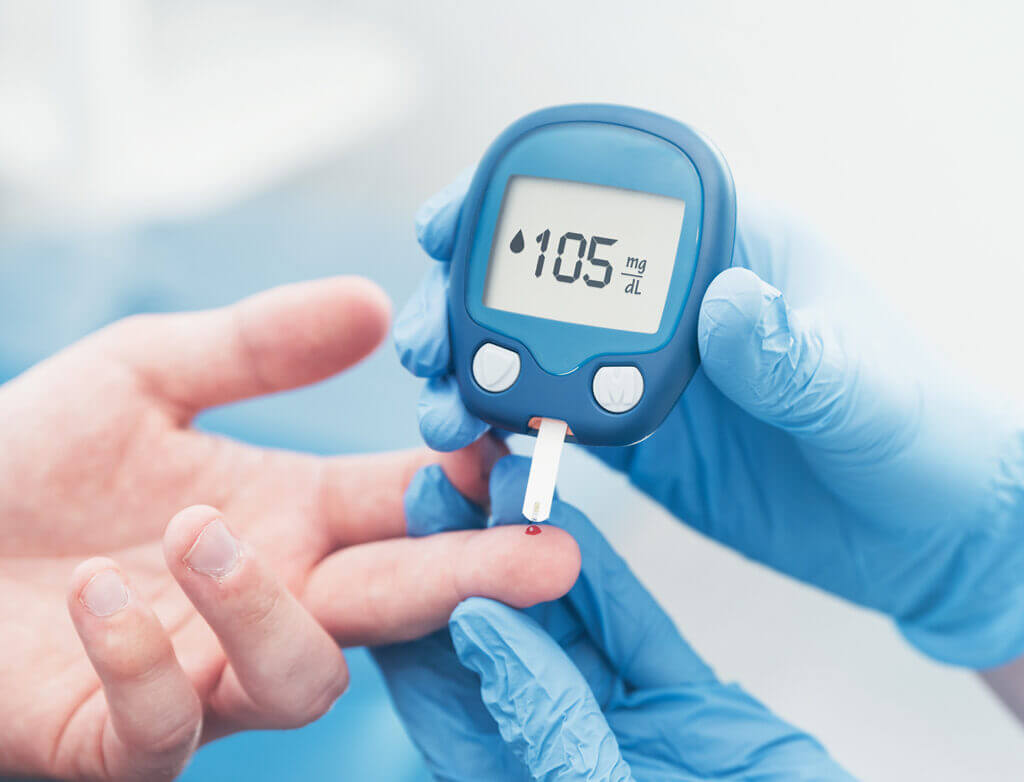
What is Free Radical?
A free radical molecule contains at least one unpaired electron that appears in the outer shell and seeks to pair itself with an unpaired electron from another molecule to become a stable atom. In Chemistry, this phenomenon is referred to as “oxidation”.
There are certain roles inside the body’s Reactive Oxygen Species (ROS), like immune cellular responses and signal transduction process, but excessive ROS can exhibit destructive behaviour, causing damage to normal cells and tissues, thereby leading to various diseases. Free radicals are highly reactive and very unstable, making them act like “a bad kid snatching toys from other kids”, taking electrons from nearby molecules, and when the “attacked” molecule loses its electrons, it becomes a free radical itself, beginning a chain reaction that leads to excessive free radicals in the body.
Excessive free radicals are unstable atoms that can attack the human body, such as disabling serum anti proteolytic activity, fasten cell damage, create oxidative damage to DNA, and cell mutation which leads to various diseases. Numerous evidence indicates a close relationship between the disease mechanism of inflammation, tumours, aging, blood disorders, heart disease, lung disease, skin disease and excessive free radicals in the body.

The Effects of Free Radicals to Human Health
1. Ageing
When it comes to the damages caused by free radicals, the most prominent effect is aging acceleration. Free radicals can slow down cellular metabolism, reduce the skin’s ability to retain moisture, which leads to dryness, loss of elasticity, and the appearance of issues such as age spots, dullness, and wrinkles. Some experts suggest that the toxic accumulation from free radicals may be a fundamental cause of ageing.

Free radicals can damage cell membranes, causing changes in their structure, preventing cells from efficiently absorbing nutrients from the external environment while hindering metabolic waste product removal from the cell. As a result, cells lose their self-protective capabilities, becoming more susceptible to bacterial or viral infections.
2. Infections
Accumulation of free radicals in the blood vessel walls can lead to fibrotic changes, causing conditions such as hypertension and heart attacks. When low-density lipoprotein (LDL) enters the blood vessels and encounters free radicals, it is prone to oxidation, transforming into oxidized LDL. Cells such as macrophages and smooth muscle cells may mistake this protein for foreign material, engulfing it to form foam cells that adhere to the blood vessel walls, contributing to arterial hardening and the development of atherosclerosis.
3. Vascular Disorders
The pancreatic beta cells in the pancreas secrete insulin, which helps glucose in the blood enter cells for energy conversion or store excess sugar in the liver and muscles. If pancreatic beta cells are oxidized by free radicals, this function becomes impaired, leading to the development of diabetes.

4. Diabetes
Free radicals can induce synovial membrane or joint fluid degradation, leading to joint disorders like arthritis, rheumatism, and rheumatoid arthritis.

5. Arthritis
Free radicals can also attack genes during the replication process, disrupting its molecular structure. If the body’s DNA repair mechanisms are not prompt, gene mutations can occur, leading to the development of lung cancer, stomach cancer, breast cancer, colorectal cancer, and nasal cavity cancer. Excessive free radicals can also cause skin keratosis, roughness, the formation of spots, and even lead to degeneration of epidermal cells, resulting in skin cancer.
6. Cancers

If free radicals accumulate in the brain, they can cause a deficiency of dopamine, a neurotransmitter associated with motor function, and its deficiency can result in clinical symptoms such as involuntary hand tremors, muscle paralysis, and slow movements. Free radicals attacking brain cells can also lead to a decline in memory, reduced cognitive function, and even the development of conditions such as Alzheimer’s disease and dementia.
7. Parkinson's, Alzheimer's Disease (Dementia)
If the proteins in the lens of the eye are attacked and oxidized by free radicals, it can lead to cloudiness of the lens. This cloudiness prevents light and images from entering the retina, affecting vision, and is closely associated with eye diseases such as macular degeneration and cataracts.
In summary, excessive free radicals can be considered the “culprit” for aging and various diseases in the human body!
